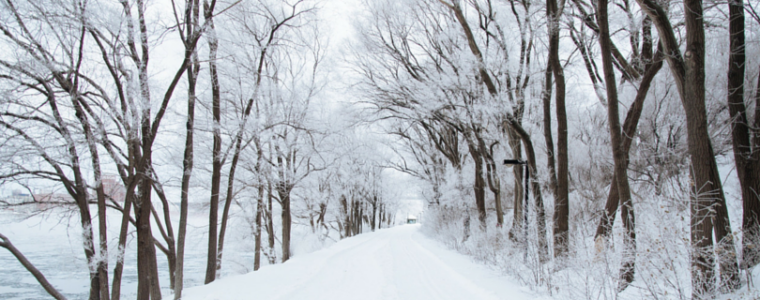
We always breathe a sigh of relief when fall approaches, and we congratulate ourselves for surviving the spring and summer baby season. However, there really is no “down time” in wildlife rehabilitation. Some local wildlife still think it’s time to have babies, like squirrels, rabbits, and the occasional dove or pigeon. But for the young born in spring, the autumn months test their skills at finding food and shelter, usually the first time without their mother’s help.
At this time of year, we see injuries and malnutrition cases, and these cases often require more specialized care. A young big brown bat once came to us with most of her wing membrane torn off. She had to stay with us until next spring so she could continue to heal through the harsh winter months. During hibernation, her system would be so weak that her body would not respond to treatment. Therefore, we kept her warm and awake so she was ready to fly the following spring.
In the winter months, we receive animals that are emaciated and hypothermic. Food is harder to find, and that lack of energy makes it harder for them to stay warm, even with layers of downy feathers or thick fur. Parasites that these animals naturally carry become overloaded because their body cannot fight them, and this also contributes to emaciation. Hunting season in the fall and early winter also contributes to animal intakes. When natural prey is scarce, predators will scavenge on carcasses left out in the open, usually filled with lead shot that is ingested and poisons the animal. Many of these sad cases we cannot save. Non-lead ammunition would make a tremendous difference in the lives of these animals.
Late fall and winter is considered trauma season. Animals are often in less familiar territory, looking for food, and end up in roads, on icy ponds or lakes that are not frozen solid, and closer to human populations. These conditions bring vehicle and window collisions, frostbite, and rodenticide poisoning to name a few. Treatment is more successful when we can get the animal right away, before starvation and dehydration set in, and before broken bones start to heal crooked or toes lose circulation. Unfortunately, people will sometimes find an animal in distress and think if they just keep it warm for a day or two, it will be fine. By the time it makes it to a rehabilitation center, however, it is often too late to help. Calling a rehabilitator immediately when an animal seems in distress is the best thing to do to save it.
Here at Freedom Center for Wildlife, we are thankful we are able to provide a resource during these harsher months for the animals in need, and for the people that care enough to help. And, we are thankful to all of our supporters because without you, we would not be able to do this work. Here’s hoping we have a quiet, trauma-free rehab center this year!
